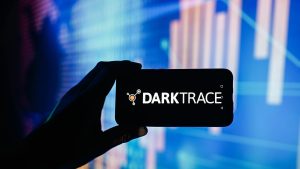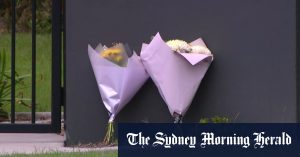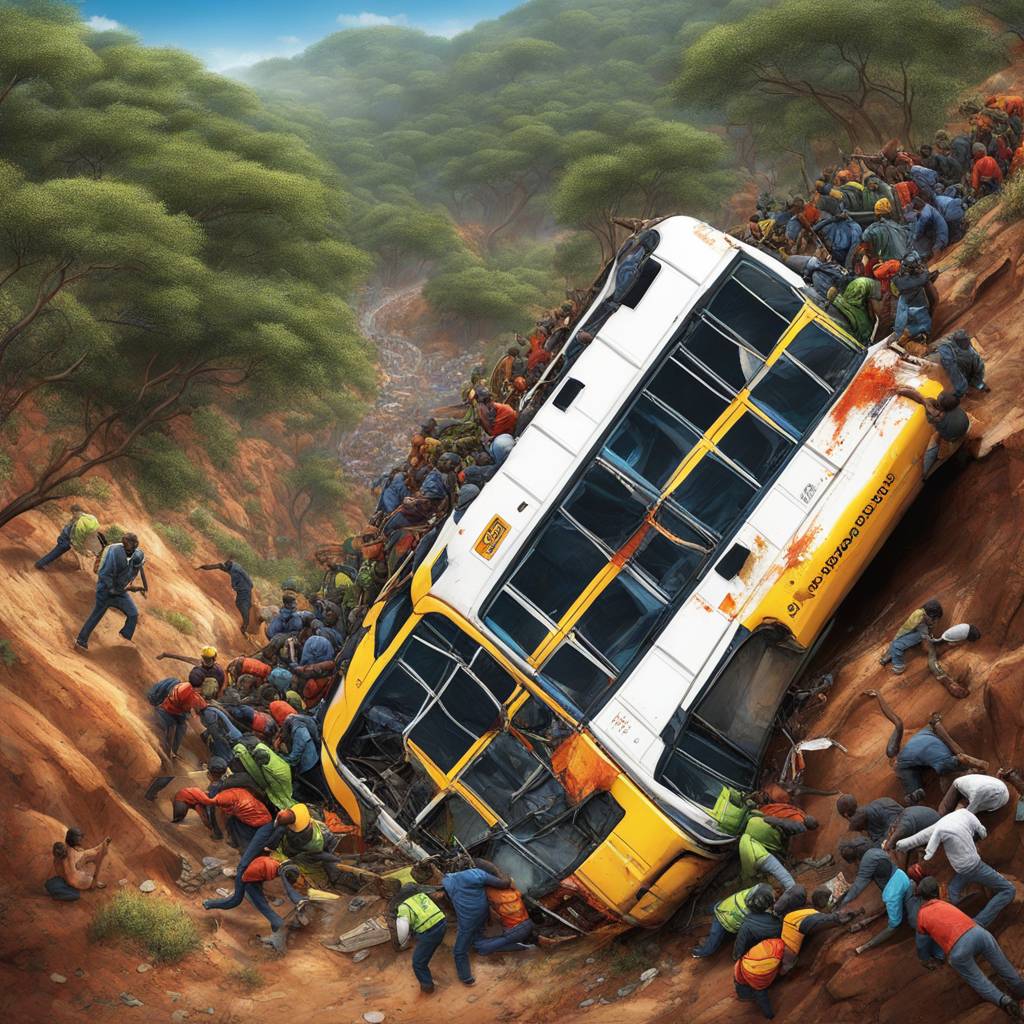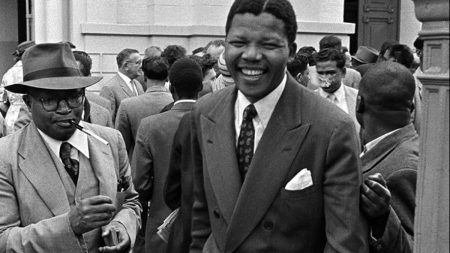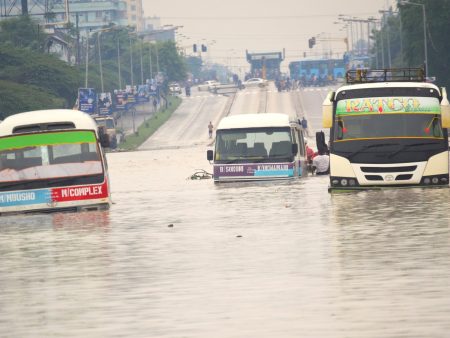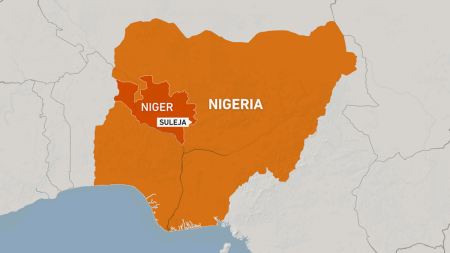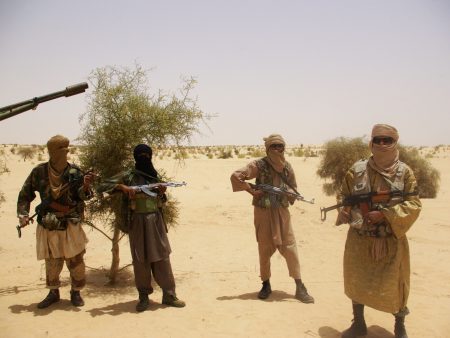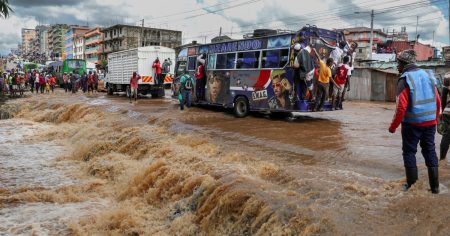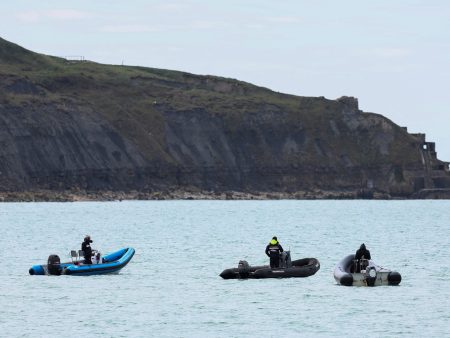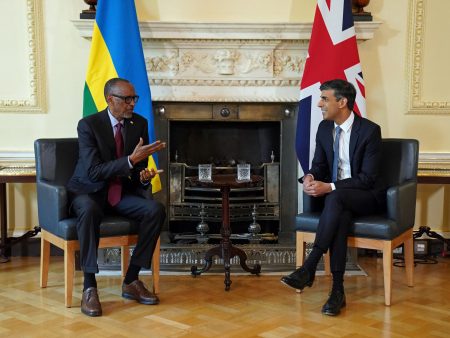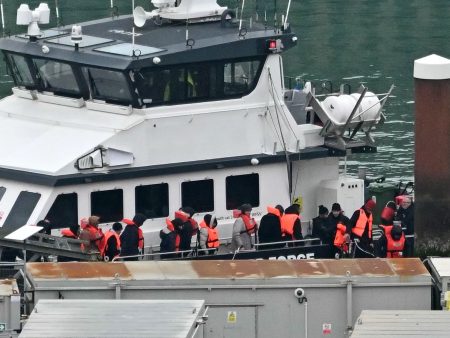An unfortunate bus crash in South Africa resulted in the death of 45 out of 46 passengers on board, with the sole survivor being an eight-year-old girl who was airlifted to a hospital in serious condition. The bus was en route from Botswana to Moria, a town in Limpopo province, when the driver lost control and crashed through barriers on a bridge in a mountainous area near Mamatlakala, causing the bus to plummet 50 meters into a ravine and burst into flames. The incident occurred just before Easter Sunday, prompting Transport Minister Sindisiwe Chikunga to visit the scene and promise a thorough investigation.
In response to the tragic incident, South African President Cyril Ramaphosa expressed his condolences to Botswana and assured support during this difficult time. Despite ongoing search efforts at the crash site, many bodies were unidentifiable due to burns, complicating the recovery process. The crash drew attention to South Africa’s road safety issues, as the country has a developed road network but struggles with a high rate of accidents. Prior to the crash, Ramaphosa had urged citizens to prioritize safety during the Easter holidays, emphasizing the importance of preventing road accidents and ensuring a secure holiday period for all travelers.
The one surviving passenger, an eight-year-old girl, was the only individual to survive the bus crash, sustaining serious injuries in the process. The driver’s loss of control resulted in the bus careening off the bridge and into a ravine, creating a devastating scene that unfolded just days before Easter Sunday. The route from Botswana to Moria is a popular one during the Easter season due to the festival held in the northern Limpopo province town, adding to the tragedy of the incident.
Transport Minister Chikunga acknowledged the tragedy and extended condolences to the families of the victims, as well as the government and people of Botswana. She vowed to assist in repatriating the deceased passengers to their home country with dignity. President Ramaphosa echoed these sentiments, pledging support to Botswana in the wake of the crash and highlighting the need for collaboration and assistance during this challenging time.
The crash reinforced the importance of road safety in South Africa, as the country’s road network faces ongoing challenges despite significant development. With a high number of accidents and fatalities, authorities are working to improve safety measures and reduce the risk of similar incidents in the future. The bus crash, occurring just before Easter, served as a somber reminder of the need for safe travel practices and vigilance on the roads, especially during holiday periods when traffic is heightened.
As search operations continued at the crash site, the tragic loss of life and devastation caused by the bus crash underscored the impact of road accidents on communities and families. While efforts were made to identify and recover the victims, the severity of the incident highlighted the urgency of addressing road safety in South Africa. President Ramaphosa’s call for a safe Easter reverberated in the aftermath of the crash, emphasizing the need for caution and prevention to avoid further tragedies on the country’s roads.
